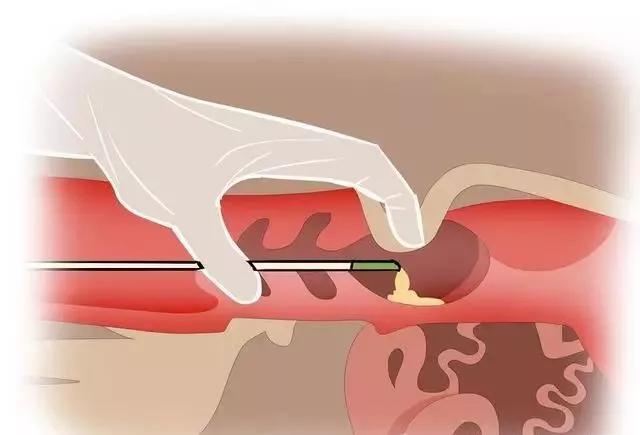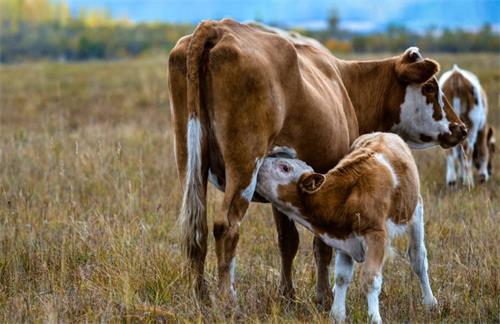Applicable situations of traction and midwifery after dystocia in dairy cows: traction and midwifery is a commonly used midwifery method in dairy cows, but traction and midwifery is not a universal midwifery method. Before traction and midwifery, cattle B-ultrasound should be used for examination and then operation. Traction and midwifery is only applicable to dystocia caused by insufficient maternal labor (weak contractions and weak pushes), dystocia caused by slightly larger fetuses, dystocia caused by mild narrowing of the birth canal, and dystocia caused by mild abnormalities in fetal position and fetal position. After cattle B-ultrasound examination, the operation is carried out according to the specific situation.
Imported B-ultrasound machine for dairy cows
Important points for traction and midwifery: ① During normal birth, it is necessary to pay attention to the "three items" (two forelimbs and the fetus's mouth) before traction and midwifery can be carried out. It can be carried out after cattle B-ultrasound examination. ② Traction and midwifery can be carried out by hand or with obstetric rope or obstetric hook. The obstetric rope can be tied to the two forelimbs or two hind limbs of the fetus, or to the fetal head. But it is necessary to distinguish the front and back limbs, or whether they are the front and back limbs of the same individual. ③Ultrasound examination of cattle: when the head of the fetus just enters the entrance of the pelvic cavity, pull it backward and upward; when the top of the fetal mouth touches the top wall of the pelvic cavity, pull it backward and downward; when the head of the fetus is out of the vulva, pull it backward and upward. ④When pulling the front (hind) limbs outward, you can pull them at the same time, or one first and one later. ⑤During the traction process, the surgeon should pay attention to protecting the mother's vulva to prevent tearing. ⑥During the traction process, the surgeon should move or shake the fetus up and down, left and right. ⑦The traction should also be carried out in conjunction with the mother's effort, which can save effort. ⑧When the umbilicus of the fetus has passed through the mother's vulva, the surgeon should pay attention to protecting the fetus to prevent the fetus from falling. ⑨When the water breaks for a long time and the birth canal is dry, lubricant should be applied to the birth canal. ⑩For cattle with severe abnormal fetal position, fetal posture, and fetal direction during B-ultrasound examination, correction should be performed first. If correction is not made, traction and delivery should not be performed.








